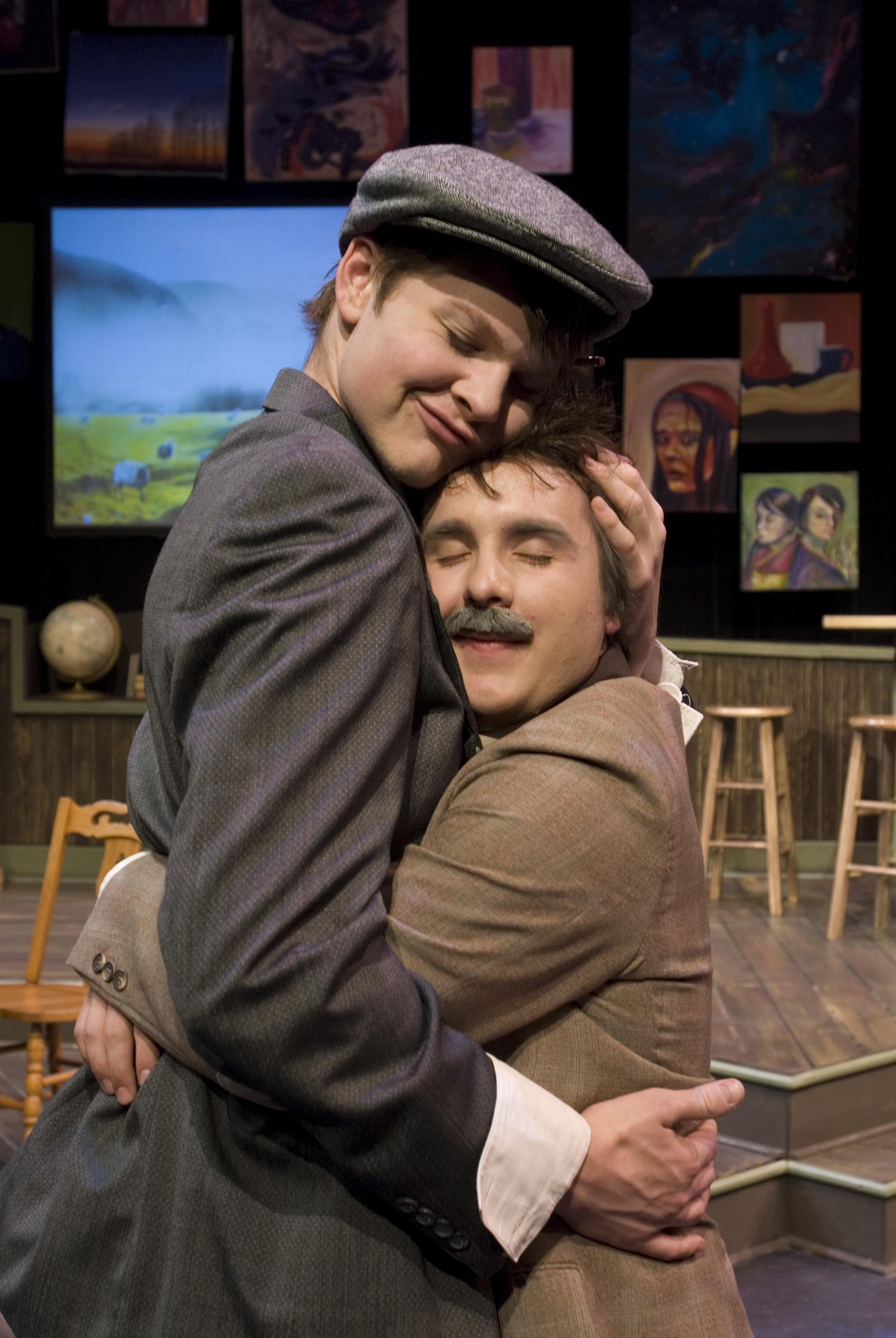Director’s Note
As a teenager, I loved Steve Martin’s comedy albums; my best friend and I took turns channeling his esoteric routines verbatim, sending each other into joyful convulsions of laughter. During this same nostalgic era, my basement became the set for Saturday Night Live, a space to gregariously act out the “wild and crazy guy” skits Martin regularly performed with Dan Aykroyd. And when this zany comic philosopher turned his skills toward film, I followed. The Jerk, The Lonely Guy, The Man with Two Brains, and Roxanne shaped and nurtured my teenage aesthetic.
Decades later, I find myself directing an acclaimed play written by the comic hero of my adolescence. And I find myself more closely examining Martin’s work and what it says.
This journey has taught me to see Picasso at the Lapin Agile as an illustration of the age-old duality between the grotesque and the sublime. Bawdy bathroom humor and sexual innuendo intersperses rich philosophical insights into the nature of existence and creativity. In his messy art, Martin does not always take the time to reveal the hurtful consequences of his characters’ promiscuity. Like most great comedians, he occasionally flirts with irreverence. His comedy offers sagaciously funny observations about gender inequalities or religious quirks that are not always safe, easy or PG.
It follows that sensitive viewers may struggle with the more earthy qualities of Picasso at the Lapin Agile. I humbly ask these valued patrons to look at the work as a whole, not just at an offending phrase or three. I believe that this bigger picture reveals a playful and joyful universe guided by a love for art and ideas; an endearing community of misfits and underdogs depicted with affection rather than derision; and, ultimately, a worldview infused with a profound sense of wonder and providence.
I confess that the grotesque qualities of Picasso at the Lapin Agile still crack up my inner teenager. With admiration tempered by discernment, my 41-year-old self also delights in the sublimity of his comic vision.
Scenic Designer: Jonathan Sabo
Lighting Designer: Jeff Taylor
Sound Designer: Baylie Heims
Costume Designer: Aleah Stenberg
Props Designer: Rebecca Dix








